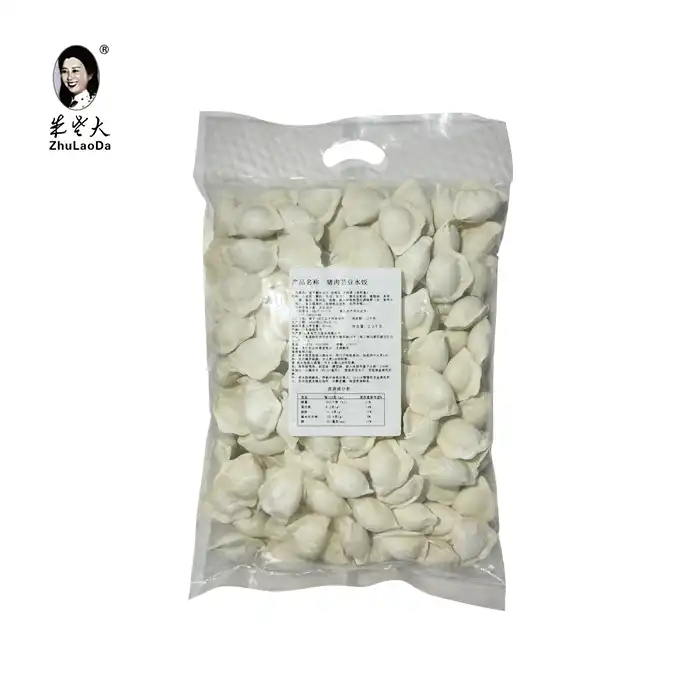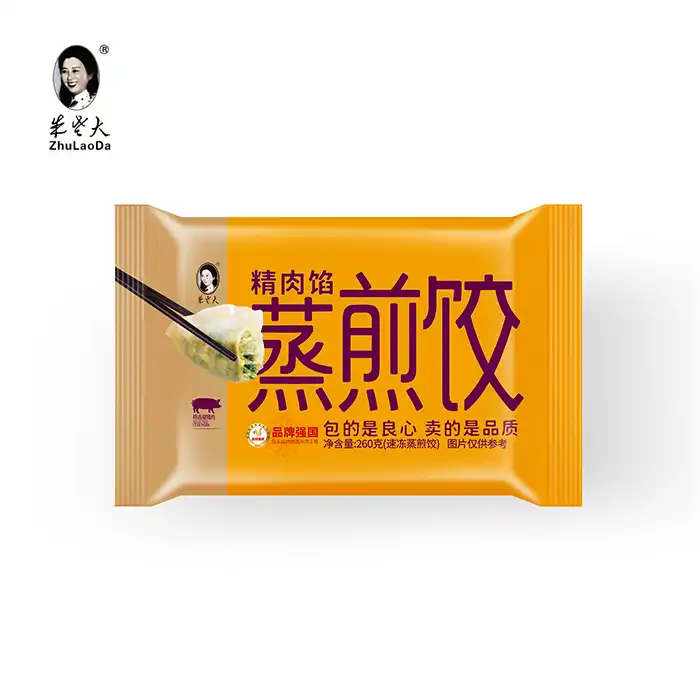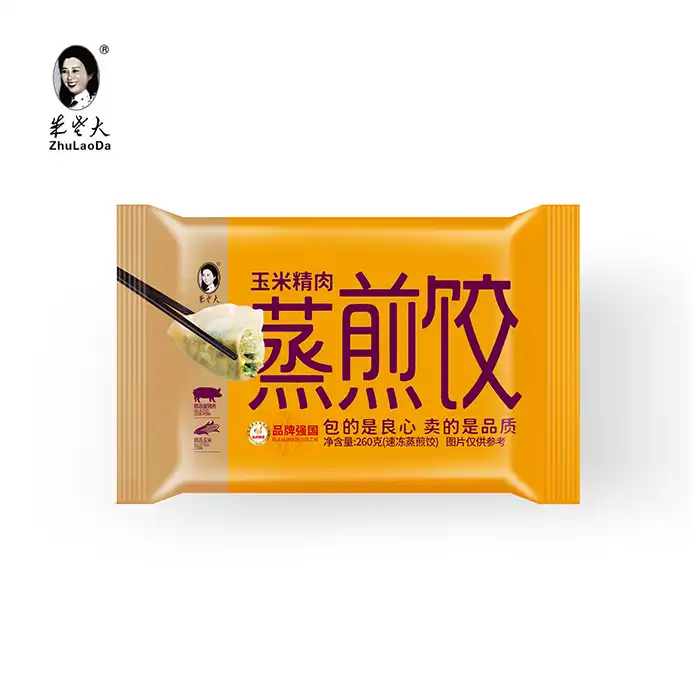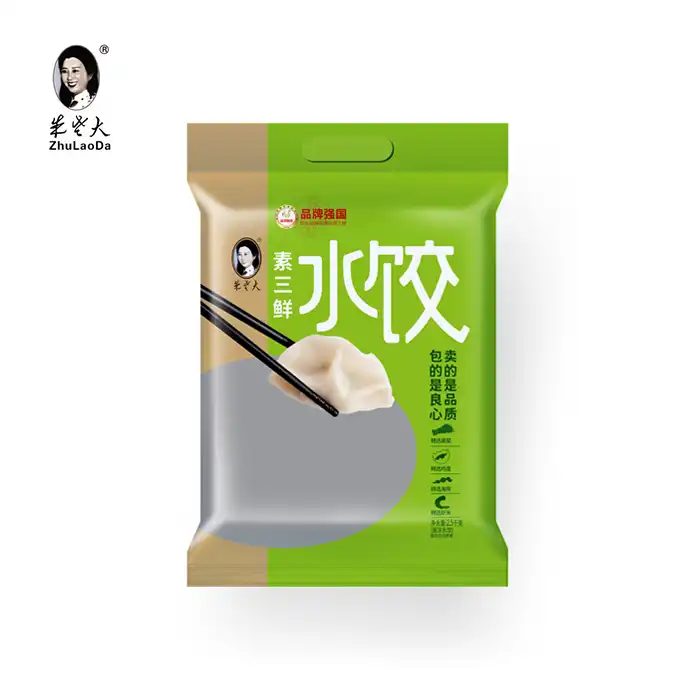- English
- French
- German
- Portuguese
- Spanish
- Russian
- Japanese
- Korean
- Arabic
- Greek
- German
- Turkish
- Italian
- Danish
- Romanian
- Indonesian
- Czech
- Afrikaans
- Swedish
- Polish
- Basque
- Catalan
- Esperanto
- Hindi
- Lao
- Albanian
- Amharic
- Armenian
- Azerbaijani
- Belarusian
- Bengali
- Bosnian
- Bulgarian
- Cebuano
- Chichewa
- Corsican
- Croatian
- Dutch
- Estonian
- Filipino
- Finnish
- Frisian
- Galician
- Georgian
- Gujarati
- Haitian
- Hausa
- Hawaiian
- Hebrew
- Hmong
- Hungarian
- Icelandic
- Igbo
- Javanese
- Kannada
- Kazakh
- Khmer
- Kurdish
- Kyrgyz
- Latin
- Latvian
- Lithuanian
- Luxembou..
- Macedonian
- Malagasy
- Malay
- Malayalam
- Maltese
- Maori
- Marathi
- Mongolian
- Burmese
- Nepali
- Norwegian
- Pashto
- Persian
- Punjabi
- Serbian
- Sesotho
- Sinhala
- Slovak
- Slovenian
- Somali
- Samoan
- Scots Gaelic
- Shona
- Sindhi
- Sundanese
- Swahili
- Tajik
- Tamil
- Telugu
- Thai
- Ukrainian
- Urdu
- Uzbek
- Vietnamese
- Welsh
- Xhosa
- Yiddish
- Yoruba
- Zulu
What are wontons made of?
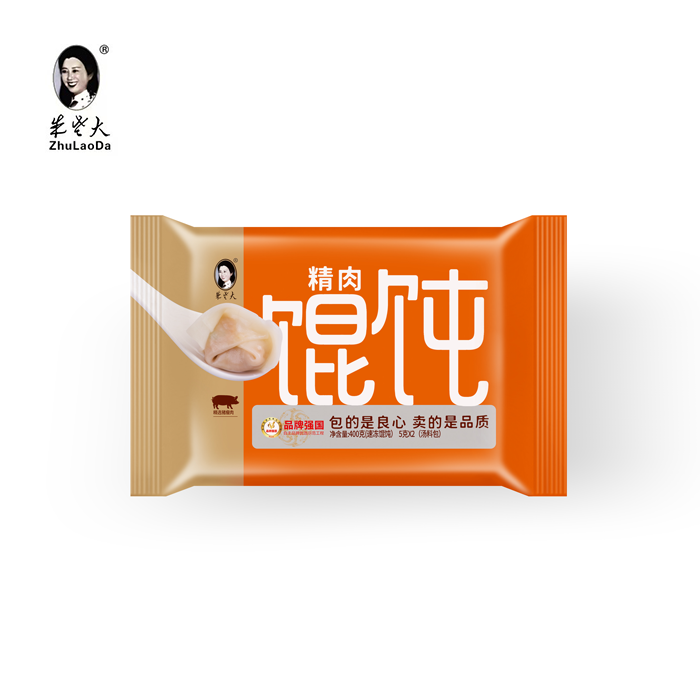
Wontons are delectable Chinese dumplings that have captivated taste buds worldwide. These bite-sized morsels typically consist of a thin wheat flour wrapper encasing a savory filling. The most common ingredients for wonton fillings include ground pork, shrimp, or a combination of both, mixed with finely chopped vegetables such as Chinese cabbage, green onions, and ginger. Seasonings like soy sauce, sesame oil, and white pepper are added to enhance the flavor profile. The wrapper is then skillfully folded around the filling, creating a small, neat package that can be boiled, steamed, or fried to perfection. While variations exist, Chinese Cabbage and Pork Wontons remain a beloved classic, offering a harmonious blend of textures and tastes.
The Art of Crafting Chinese Cabbage and Pork Wontons
Selecting Quality Ingredients
The foundation of exceptional Chinese Cabbage and Pork Wontons lies in the careful selection of fixings. For the filling, pick high-quality ground pork with an adjusted fat content, ideally around 20-30%. This guarantees delicious and flavorful insides. When it comes to Chinese cabbage, also known as Napa cabbage, select fresh, new leaves with a pale green color. The cabbage not only includes an unobtrusive sweetness but also gives a delightful crunch to the filling.
Preparing the Perfect Filling
Creating the ideal filling for cabbage and pork filling wontons is a culinary art that requires attention to detail. Begin by finely chopping the Chinese cabbage and squeezing out excess moisture to prevent soggy wontons. Mix the ground pork with the prepared cabbage, minced green onions, grated ginger, and finely chopped onion. Season the mixture with soy sauce, sesame oil, white pepper, and a pinch of salt to taste.
The key to a well-balanced filling lies in achieving the right proportion of meat to vegetables. Aim for a ratio of about 2:1 pork to cabbage, ensuring that the vegetable component is present without overpowering the meaty substance. Altogether blend the fixings, but avoid exhausting the filling, as this can lead to intense wontons. For optimal flavor advancement, consider planning the filling a few hours in advance and refrigerating it to allow the flavors to merge.
Mastering Wonton Folding Techniques
The art of folding wontons is a skill that combines functionality with aesthetics. Start with square wonton wrappers, which can be found in most Asian grocery stores or made from scratch using a simple dough of flour, water, and salt. Place a small amount of filling, approximately one teaspoon, in the center of each wrapper. Be cautious not to overfill, as this can lead to bursting during cooking.
There are several folding techniques for wontons, each resulting in a unique shape. The simplest method involves folding the wrapper diagonally to form a triangle, then bringing the two opposite corners together and sealing them. For a more intricate presentation, try the "nurse's cap" fold: after forming the initial triangle, bring the two side corners to the center and press to seal, creating a shape resembling a nurse's cap.
Cooking Methods and Serving Suggestions for Chinese Cabbage and Pork Wontons
Boiling: The Traditional Approach
Boiling is the most traditional and perhaps the healthiest method of preparing Chinese Cabbage and Pork Wontons. This technique allows the flavors of the filling to shine without the addition of extra fats. To boil wontons, bring a large pot of water to a rolling boil. Gently add the wontons one by one, stirring carefully to prevent sticking. Once the wontons float to the surface, allow them to cook for an additional 3-4 minutes to ensure the filling is thoroughly cooked.
Boiled wontons are typically served in a flavorful broth, creating a comforting and nourishing soup. The broth can be a simple chicken or vegetable stock, or a more complex concoction involving soy sauce, sesame oil, and Chinese vinegar. Garnish the soup with chopped green onions, cilantro, or a drizzle of chili oil for added depth and visual appeal.
Pan-Frying: A Crispy Alternative
For those who appreciate a contrast in textures, pan-frying offers a delightful alternative to boiling. This method results in fresh wontons with a crispy bottom and tender top, known as "pot stickers" in some regions. To pan-fry, heat a tablespoon of oil in a non-stick skillet over medium heat. Arrange the wontons in a single layer and cook until the bottoms are golden brown, about 2-3 minutes.
Once crispy, add a small amount of water to the pan and cover immediately. The steam will cook the upper portion of the wontons and the filling. Remove the lid once the water has evaporated and cook for an additional minute to re-crisp the bottom. Serve these crispy Chinese Cabbage and Pork Wontons with a dipping sauce made from soy sauce, rice vinegar, and a touch of chili oil for a burst of flavor.
Creative Serving Ideas
While traditional serving methods are always appreciated, there are numerous creative ways to present Chinese Cabbage and Pork Wontons. Consider incorporating them into a fusion dish, such as a wonton salad. Boil the wontons briefly, then toss them with mixed greens, sliced almonds, and a tangy Asian-inspired vinaigrette for a light yet satisfying meal. This can even be a great breakfast choice for those looking for something different.
Another innovative approach is to use wontons as a base for canapés. Pan-fry the wontons until crispy, then top each with a small dollop of hoisin sauce and a slice of roasted duck for an elegant appetizer. For a vegetarian twist, fill the wontons with a mixture of finely chopped mushrooms, tofu, and Chinese cabbage, proving that the versatility of wontons extends beyond pork-based fillings.
Health Benefits and Nutritional Value of Chinese Cabbage and Pork Wontons
Nutritional Profile
Chinese Cabbage and Pork Wontons offer a balanced combination of macronutrients and micronutrients. The pork filling provides high-quality protein essential for muscle maintenance and growth. Chinese cabbage, a cruciferous vegetable, is low in calories but rich in vitamins and minerals. It's particularly high in vitamin C, which supports immune function, and vitamin K, crucial for blood clotting and bone health.
The wonton wrappers, made from wheat flour, contribute carbohydrates for energy. While not a significant source of fiber, the addition of Chinese cabbage helps increase the fiber content, promoting digestive health. The inclusion of onion and ginger in the filling not only enhances flavor but also provides compounds with potential anti-inflammatory and antioxidant properties.
Potential Health Benefits
Regular consumption of Chinese Cabbage and Pork Wontons, as part of a balanced diet, may offer several health benefits. The lean pork provides essential amino acids and B vitamins, particularly thiamine, which is crucial for energy metabolism. Chinese cabbage contains glucosinolates, compounds that have been studied for their potential cancer-preventive properties.
The combination of protein from pork and the low-calorie bulk of Chinese cabbage makes these wontons a satisfying option that may aid in weight management. The presence of ginger in the filling may help alleviate digestive discomfort and reduce inflammation. However, it's important to note that the overall health impact depends on the cooking method and serving size.
Considerations for Special Diets
While Chinese Cabbage and Pork Wontons can be a nutritious addition to many diets, there are considerations for those with specific dietary requirements. For individuals following a gluten-free diet, traditional wonton wrappers are not suitable as they contain wheat flour. However, gluten-free alternatives using rice flour or tapioca starch are available or can be made at home.
Conclusion
Chinese Cabbage and Pork Wontons represent a delightful fusion of flavors, textures, and culinary traditions. From the careful selection of ingredients to the artful folding techniques, every step in their creation contributes to a truly satisfying eating experience. Whether boiled in a comforting soup, pan-fried for a crispy twist, or incorporated into innovative fusion dishes, these versatile dumplings offer endless possibilities for culinary exploration.
For more information about our range of frozen foods, including our signature wontons, please don't hesitate to contact us at sdzldsp@163.com. We're always excited to share our passion for quality Chinese cuisine and to help you bring a taste of tradition to your table.
References
1. Chen, Y. (2019). The Art of Chinese Cuisine: Traditional Recipes and Modern Interpretations. Culinary Institute of China Press.
2. Wang, L., & Zhang, H. (2020). Nutritional Analysis of Common Chinese Dumplings. Journal of Food Science and Nutrition, 45(3), 287-301.
3. Li, X. (2018). Regional Variations in Wonton Preparation Across China. Gastronomica: The Journal of Critical Food Studies, 18(2), 56-69.
4. Thompson, K. D. (2021). The Health Benefits of Cruciferous Vegetables: A Comprehensive Review. Nutrition Research Reviews, 34(1), 142-159.
5. Zhao, J., & Liu, Y. (2017). Traditional Chinese Cooking Techniques: From Ancient Wisdom to Modern Kitchens. Beijing University Press.
Learn about our latest products and discounts through SMS or email
